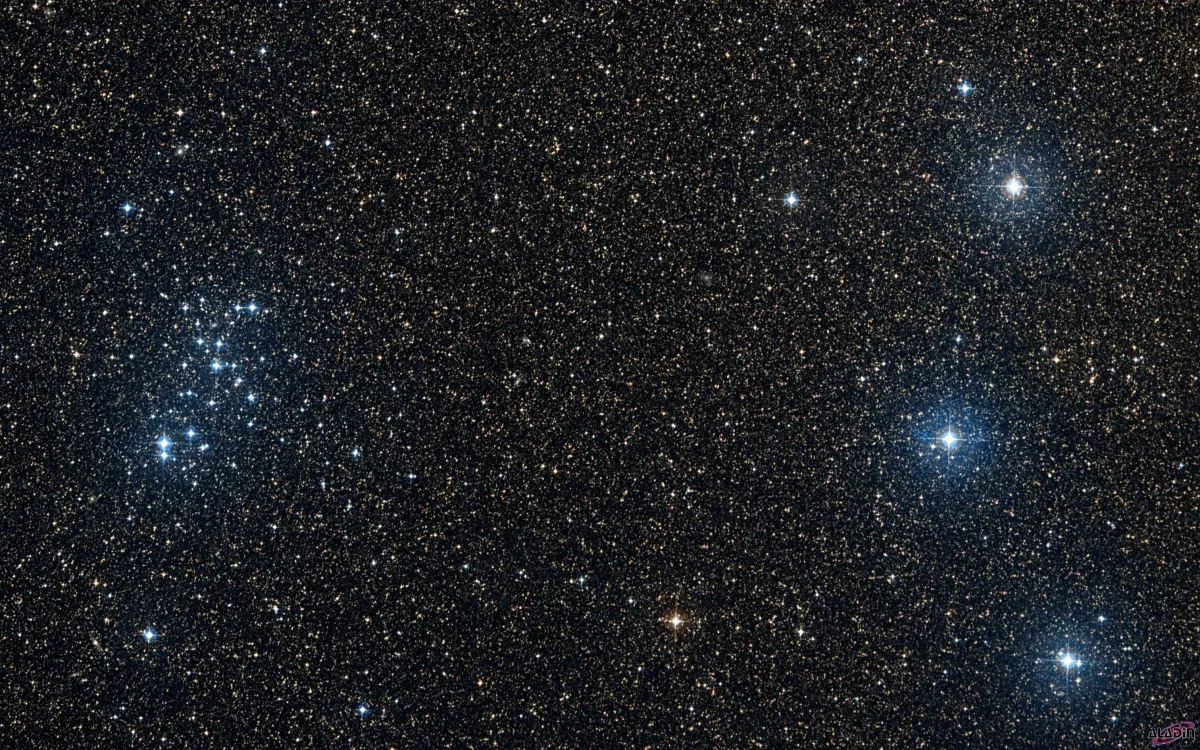Open Cluster NGC 6025

History
French astronomer Nicholas-Louis de Lacaille (also: de la Caille) discovered the cluster in 1751-1752 using a ½" telescope at 8x during his expedition to the Cape of Good Hope. He classified it as a star accompanied by nebulosity and noted: «Three small stars in a straight line, surrounded by nebulosity.» [8]
Scottish astronomer James Dunlop made five observations (first on 8 May 1826) using his self built 9-inch reflector, observing from his home at Parramatta (NSW) in Australia. He listed the cluster as Δ 304 with the description: «(λ Circini, Bode) Lacaille describes this as three small stars in a line with nebula. No particular nebula exists in this place. A group of about twenty stars of mixt magnitudes, forming an irregular figure, about 5' or 6' long, answer to the place of the λ. This is in the milky way; and there is no nebula in the group of stars except what is common in the neighbourhood.» [50]
John Herschel observing from South Africa listed this cluster as h 3616 with four observations in the Cape Catalogue: on 22 April 1835 (sweep 575) he logged «VII.; loose; scattered; brilliant; stars large; much more than fills field; 46 stars counted above 12th mag; chief star 7th mag taken.» [11]
Physical Properties
| Designation | NGC 6025 |
| Type | OCL (II2p) |
| Right Ascension (J2000.0) | 16h 03m 17.7s |
| Declination (J2000.0) | -60° 25' 53" |
| Diameter | 15 arcmin |
| Visual magnitude | 5.1 mag |
| Metric Distance | 0.769 kpc |
| Dreyer Description | Cl, B, vL, pRi, lC, st 7… |
| Identification, Remarks | h 3616; GC 4153; OCL 939; ESO 136-SC14 |
Finder Chart
The open cluster NGC 6025 is located in the constellation Triangulum Australe. Unfortunately it is not visible from Europe. On 24 May it in opposition with the Sun and is therefore highest in the sky at local midnight.
